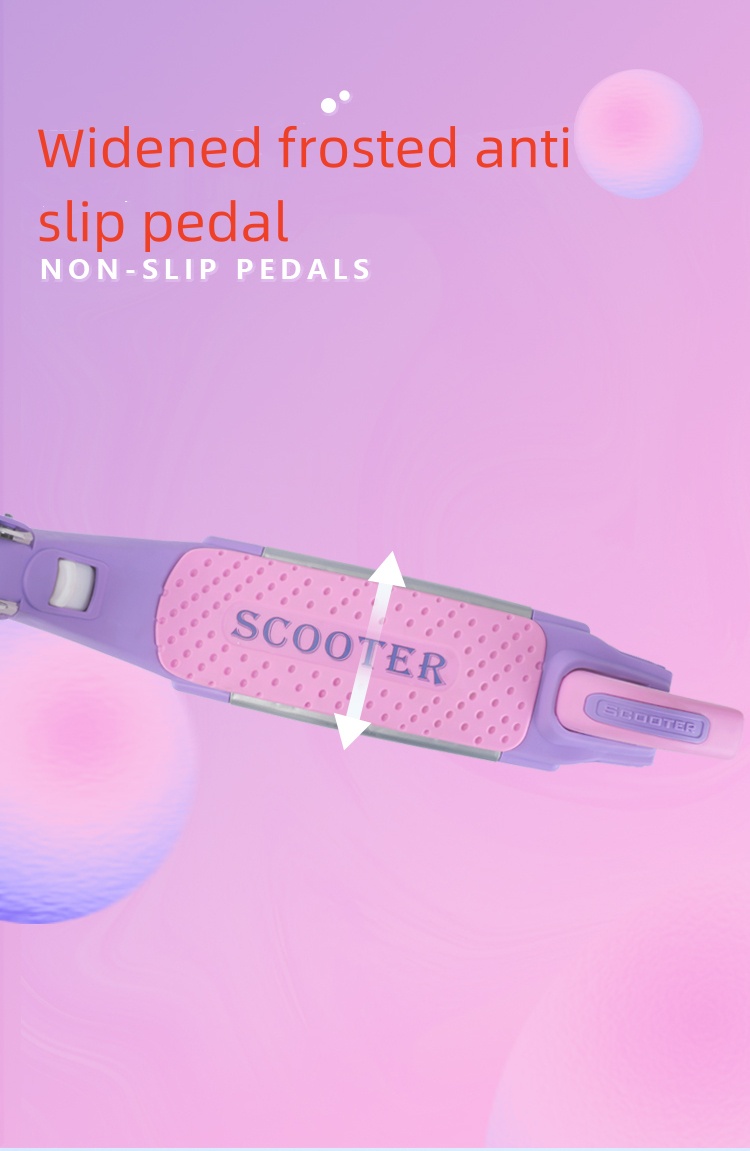Nov . 27, 2024 00:08 Back to list
Tips for Safely Removing a Stuck Brake Drum Without Damage to Components
Removing a Stuck Brake Drum A Step-by-Step Guide
Removing a stuck brake drum can be a daunting task for many car enthusiasts and mechanics alike. Whether you're a seasoned professional or a DIY novice, a stuck brake drum can be a frustrating hurdle. However, with the right tools, techniques, and a bit of patience, you can successfully remove that stubborn component. Here is a comprehensive guide to help you through the process.
Understanding the Brake Drum Assembly
The brake drum is an essential part of the drum brake system, which uses friction to slow down or stop a vehicle. Over time, moisture, corrosion, or wear can cause the brake drum to become stuck on the axle. Before attempting to remove a stuck brake drum, it's essential to understand the assembly and familiarize yourself with the components involved.
Tools and Materials Needed
Before you begin, gather the following tools and materials 1. Jack and jack stands 2. Lug wrench 3. Brake drum puller (or a suitable alternative) 4. Hammer or rubber mallet 5. Pry bar 6. Penetrating oil (like WD-40 or PB Blaster) 7. Safety goggles and gloves
Step-by-Step Instructions
1. Safety First
Ensure your vehicle is parked on a flat surface, engage the parking brake, and ensure that you’re wearing appropriate safety gear. Use a jack to lift the vehicle and secure it with jack stands for added safety.
2. Remove the Wheel
Using a lug wrench, loosen and remove the lug nuts securing the wheel to the brake drum. Once removed, take off the wheel to expose the brake drum.
3. Inspect the Brake Assembly
Before taking any action, inspect the brake assembly. Look for any obvious signs of wear, rust, or damage. If you notice any severe damage, it might be more prudent to consult a professional.
removing stuck brake drum

Spray penetrating oil around the edges of the brake drum where it meets the axle. Allow it to sit for at least 15-20 minutes to penetrate and loosen any rust or corrosion that may be causing the drum to stick.
5. Tap the Drum
Using a hammer or rubber mallet, gently tap around the circumference of the brake drum. This helps to break the bond between the drum and the axle. Be careful not to hit too hard, as this can cause damage to the drum or other components.
6. Using a Pry Bar
If the drum still won’t budge, gently use a pry bar to apply outward pressure on the drum. Insert the pry bar between the drum and the backing plate. Apply force gradually, ensuring you don’t damage any surrounding components.
7. Use a Brake Drum Puller
If the drum remains stuck after the previous steps, consider using a brake drum puller. Attach the puller’s claws to the drum and turn the center screw to apply steady pressure. The puller should gradually loosen the drum as you turn the screw.
8. Check for Brake Shoe Adjustment
Sometimes, the brake shoes can expand and grip the drum tightly. If you have access to the adjustment mechanism, ensure that the shoes are not overly tightened. Adjusting the shoes may free the drum.
9. Inspect the Drum and Components
Once you successfully remove the drum, check for any signs of wear or damage to both the drum and brake shoes. Clean any rust or debris and replace any worn components before reassembling.
Conclusion
Removing a stuck brake drum can be a straightforward process if you follow the right steps and exercise patience. Always prioritize safety and take your time to prevent damage to your vehicle's braking system. If all else fails and the drum remains stuck, seeking the guidance of a professional mechanic is advisable. Regular maintenance and inspections can help prevent a stuck drum in the future, ensuring that your braking system operates smoothly and efficiently.
-
Scania Brake Drums: OEM Quality for Optimal Safety & Durability
NewsAug.16,2025
-
R.V.I: Advanced Remote Visual Inspection for Precision
NewsAug.15,2025
-
Discover HYUNDA: Innovative Vehicles, Equipment & Solutions
NewsAug.14,2025
-
R.V.I: Unlock Advanced Insights & Real-time Performance
NewsAug.13,2025
-
Kamaz Brake Drum: Durable & Reliable for Heavy Duty Trucks
NewsAug.12,2025
-
Heavy Duty Iveco Brake Drum - Premium Quality & Safety
NewsAug.11,2025
